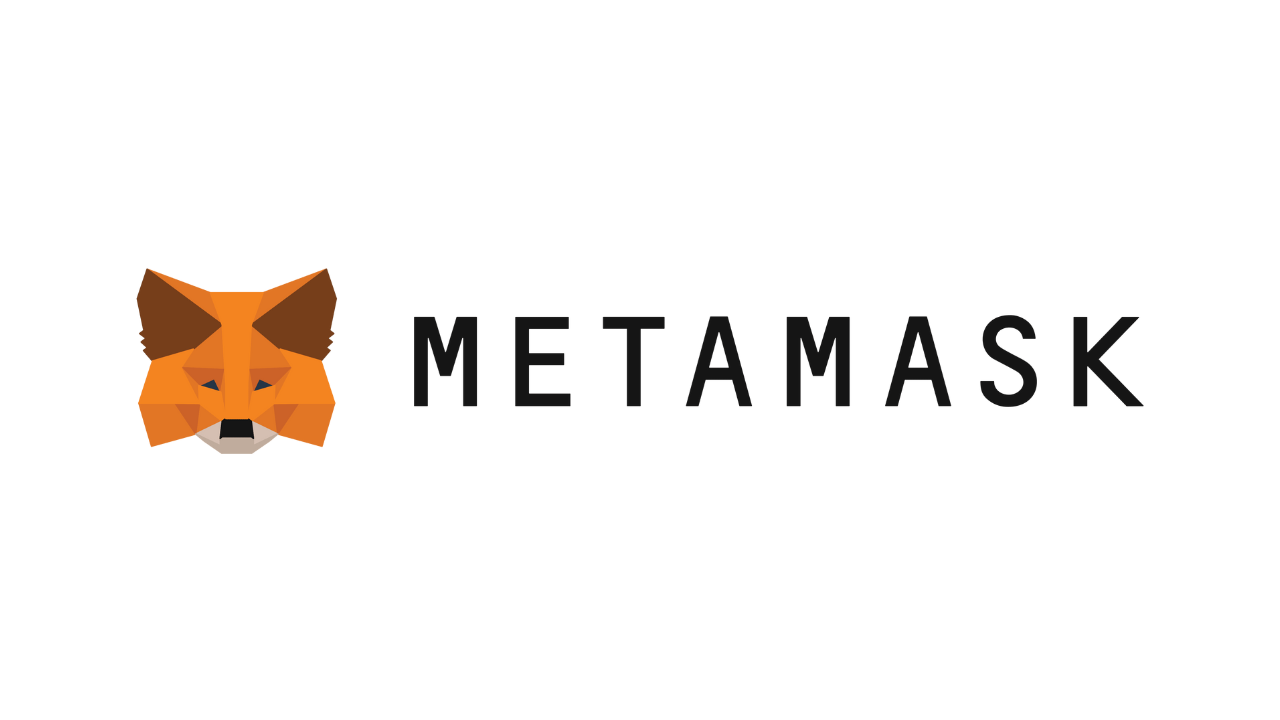Holding borrowing costs at the highest level in nearly two decades, Brazil’s central bank left its benchmark Selic interest rate at 15%. The decision, which came on Wednesday, had been widely expected by analysts and marked the second consecutive time policymakers had kept rates unchanged.
The move is consistent with the bank’s cautious approach to inflation as they pledged to maintain the rate, a key gauge of short-term health in the economy, at a very low level for an extended period.
They held out the possibility of ratcheting it up again should they sense inflationary pressures picking up. The statement underscored the bank’s desire to re-anchor overnight expectations and eventually bring inflation back to its 3% target.
The head of the Brazilian central bank, Gabriel Galípolo, emphasized vigilance, adding that monetary policy is the key and first line of defense against inflation, which nobody should expect him to ease quickly.
Inflation shows mixed signals
Recent data show inflation is beginning to cool, with consumer prices rising 5.13% in the 12 months through August, the second consecutive month of slower gains. Falling electricity and food costs helped ease household expenses, but services inflation remains stubbornly high. Economists warn that consecutive upticks in headline inflation could still unmoor long-term expectations.
But inflation remains well above the target, and service prices are still increasing. Economists worry that such back-to-back gains could contribute to long-term inflation expectations.
In its survey, Banco de México forecasts inflation will reach 4.83% in 2025 and slow to 4.30% by 2026. Both levels remain above the bank’s target rate of 3 percent, so it has been gun-shy thus far in cutting rates too aggressively.
The Brazilian real, which has gained about 5% since the last meeting, also helps curb importing costs. However, worldwide conditions, from commodities to shifts in policy by the U.S. Federal Reserve, jeopardize those plans.
Economic growth loses steam
Brazil’s economy remains a numbed mess over five months into tightened credit. And with the benchmark interest rate, the Selic, sitting at 15%, borrowing costs for companies and consumers are punishingly high. The effects are beginning to show up in critical economic data.
The Brazilian central bank’s closely monitored IBC-Br index, a proxy for gross domestic product, was down 0.5% in July from the previous month. The drop was more than analysts had expected, and it was the third straight month of slowing. But economists said that it is a sign of the way they believe the sharp rate increases during the past year have been squeezing demand and investment.
Credit-sensitive sectors like construction, retail, and small business also incur higher borrowing costs. Banks have said they see less demand for new loans, and companies say they are putting off growth plans. Household buying power has stalled, crimping consumer sentiment.
Recent indications, however, show Brazil’s labor market has shown surprising resilience despite the drag. The unemployment rate dropped to 5.6 percent in July, the lowest since that indicator began being tracked by the national statistics agency. Wages for workers in the formal economy have been rising at a solid pace, fueled by services and agriculture. Workers’ pay has also surged, adding lift to domestic consumption.
This resilience makes the job of the central bank trickier. A robust jobs market, strengthening wages underpinning households’ spending power, and the sales revenues to retail sales data published on Tuesday helped ensure inflationary pressures are still alive despite a broad slackening in overall growth. But if inflation turns out to be sticky, the central bank could be forced to hold rates high even longer, yet crowding out more growth.
If you’re reading this, you’re already ahead. Stay there with our newsletter.
Source: https://www.cryptopolitan.com/brazil-holds-key-interest-rate-at-15/


